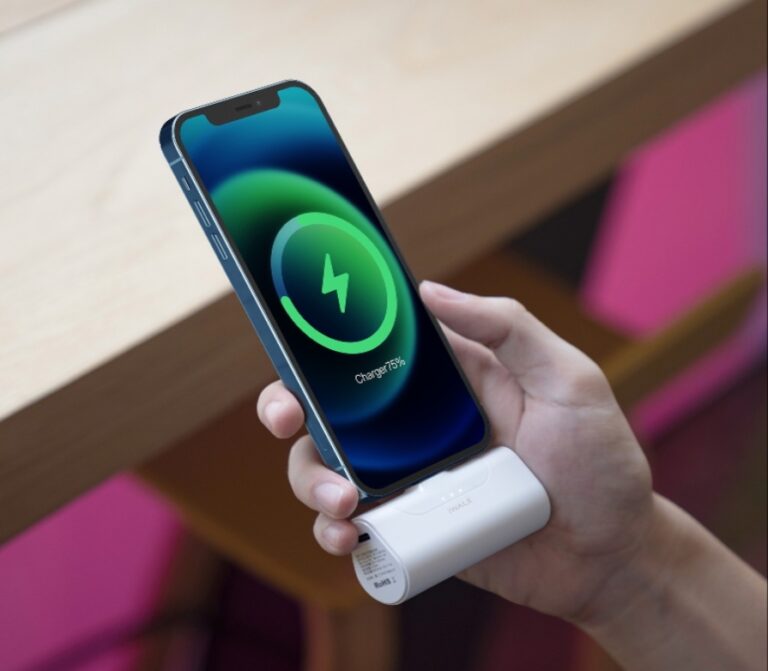5 Things You Should Keep in Mind for Codeless Test Automation
Test automation is undoubtedly an essential aspect, especially when organizations strive to deliver software products of high quality and on time. Codeless test automation tools are now capable of recording or creating tests without the need to program them in code. This means the people who cannot program can do the automated check. They are of enormous help, however, there are some key points to be concerned about while you are using them. This blog outlines top considerations when leveraging codeless test automation.
Have Clear Objectives
The first step for effective codeless test automation is defining your objectives. Ask yourself questions like: What issues should the tests detect? What test coverage do you need? What functionality requires automation? Get specific about what you want to achieve. Clear goals enable the creation of the right tests to meet those goals. Without clear objectives, you can end up with disorganized tests that offer little value. Or you over-automate tests that are better run manually.
Design Tests Before Recording Them
Some codeless automation tools work by recording user interface interactions. A common temptation is to start recording tests without planning them out. Unfortunately, jumping straight into recording can create disorganized and hard-to-maintain tests. The better approach is first designing test cases on paper. Define the test data, flows, assertions, and expected results. Simple documentation goes a long way in organizing detailed automated check plans.
Focus on Business Logic Over UI Commands
Codeless tools often generate tests containing lots of specific user interface commands and selectors. The problem is that UIs tend to change frequently. Tests with extensive UI commands can break with the slightest application changes. Whenever possible, design tests around business logic over user interface mechanics. For example, instead of automating specific button clicks, focus on input data and output data for business use cases. This helps make tests more resilient to UI changes.
Supplement for Broader Test Coverage
Codeless test automation excels at covering happy path use cases. To achieve broad test coverage, combine codeless checks with other test types. Use automated API testing tools to efficiently validate endpoints and integration points. Sprinkle in some manual exploratory testing to find edge cases. Unit testing can cover areas impractical to automate through UI testing alone. Codeless checks form a solid foundation. Fill gaps with complementary testing approaches for maximum coverage.
Monitor and Maintain Frequently
Codeless test automation requires more ongoing maintenance compared to coded automation frameworks. Visual testing tools can break with modest UI adjustments. Fragile tests lead to flakiness and false test failures. Left unchecked, half an automation suite can become unusable overnight. Continuously monitor test health. Analyze failed checks to address flakiness quickly. Refactor tests to keep them running smoothly. Think of test automation as codeless or not as a living process rather than a one-time task.
Conclusion
Codeless tools empower practically anyone to automate tests efficiently. Understanding common pitfalls helps harness these tools effectively. Keeping these guidelines in mind goes a long way when leveraging codeless solutions for building test automation. The result is automated suites that deliver maximum value by reliably detecting defects early. Opkey is the world’s most intuitive no-code test automation solution. Its user-friendly drag-and-drop interface enables both technical and non-technical users to automate comprehensive regression, functional, and user acceptance tests without coding.
Opkey ensures full test coverage while being robust and scalable enough to handle complex testing needs for enterprise customers like Pfizer and The Gap. With rapid 3-hour onboarding, easy integration with CI/CD and DevOps tools, and wide-ranging functionality, Opkey makes test automation accessible for teams of all sizes. Opkey simply provides the power of coding without the need to code.
Read Also Types of Digital Marketing







